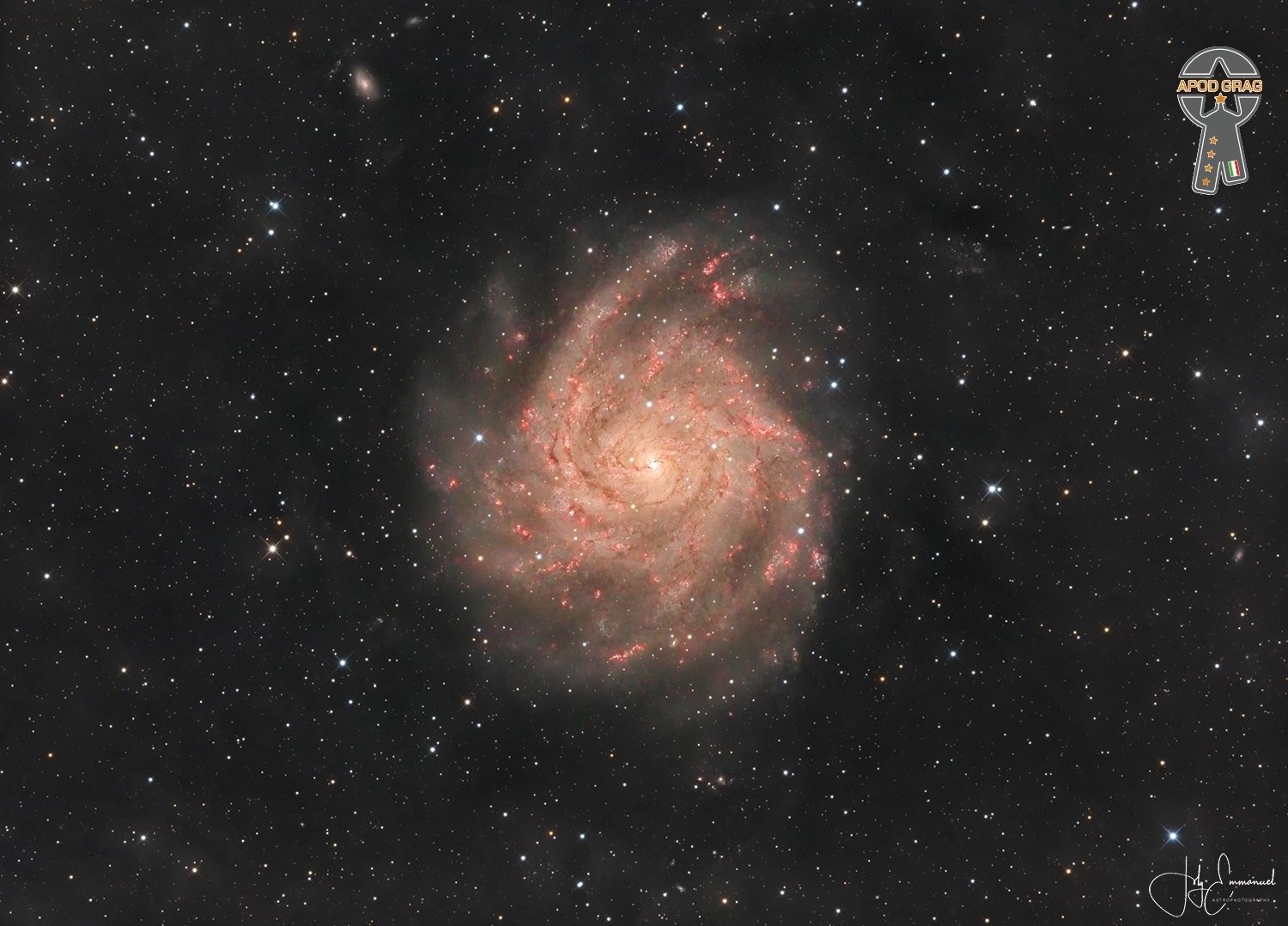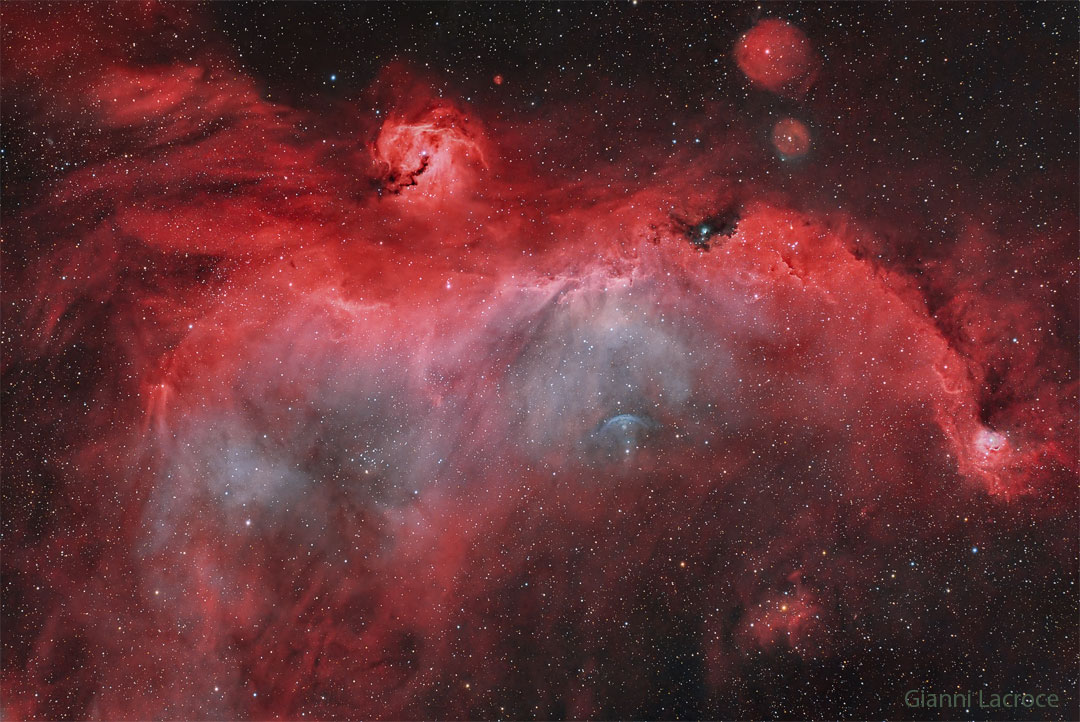Blog
Samuel John “Lightnin’” Hopkins (March 15, 1912 – January 30, 1982) was an American country bluessinger, songwriter, guitarist and occasional pianist from Centerville, Texas. In 2010, Rolling Stone magazine ranked him No. 71 on its list of the 100 greatest guitarists of all time.
The musicologist Robert “Mack” McCormick opined that Hopkins is “the embodiment of the jazz-and-poetry spirit, representing its ancient form in the single creator whose words and music are one act”. He influenced Townes Van Zandt, Hank Williams, Jr., and a generation of blues musicians like Stevie Ray Vaughan, whose Grammy winning song “Rude Mood” was directly inspired by the Texan’s song “Hopkins’ Sky Hop”.
more...Bertha “Chippie” Hill (March 15, 1905 – May 7, 1950), was an American blues and vaudeville singer and dancer, best known for her recordings with Louis Armstrong.
Hill was born in Charleston, South Carolina, one of sixteen children. The family moved to New York in 1915. She began her career as a dancer in Harlem and by 1919 was working with Ethel Waters. At age 14, during a stint at Leroy’s, a noted New York nightclub, Hill was nicknamed “Chippie” because of her youth.She also performed with Ma Rainey as part of the Rabbit Foot Minstrels. She later established her own song and dance act and toured on the TOBA circuit in the early 1920s.
more...The Sacromonte neighborhood achieved its maximum splendor during the 60s, where most of its population handled singing, dancing or instruments. The gypsy zambra from the Moorish zambra, arises as the fusion of three dances that represented a different moment during the same gypsy wedding: the cachucha, the fly and the alboreá.
Some of the characteristic elements of these dances were: it was danced with bare feet, at the top a white shirt tied below the chest and at the bottom a skirt with wide pleats and tied at the hip.
The history of the Gypsy Zambra stopped during the Inquisition of the 16th century, where it was banned as it was considered an unworthy dance. From the 19th century on, flamenco began to take on importance as a musical art, and the gypsies of Sacromonte always appeared reflected by the romantic writers.
The so-called romantic travelers imagined gypsies singing and dancing flamenco, and this image is so accentuated about them that they began to do these dances for tourists with flamenco dress. It was at this time that the Sacromonte caves became a symbol in Spanish culture.
more...The IC 342 galaxy is sometimes referred to as the “Hidden Galaxy” or the “Ghost Galaxy.” These names allude to the fact that, due to its proximity to the plane of the Milky Way, IC 342 is often challenging to observe in visible light because of obscuration caused by the dust and interstellar gas of our own galaxy. This “hideout” in the galactic plane makes its observation more challenging, hence the acquisition of these nicknames.
IC 342 is located at a distance of approximately 10 million light-years from Earth, making it a relatively close galaxy within the Local Group, a collection of galaxies to which our Milky Way belongs.
Discovered by the British astronomer William Frederick Denning in 1895, IC 342 is listed in the Index Catalogue (IC), a catalog of celestial objects compiled by the Danish astronomer Johan Dreyer, which complements the famous Charles Messier catalog.

Leslie Thompson Baxter (March 14, 1922 – January 15, 1996) was an American musician, composer and conductor. After working as an arranger and composer for swing bands, he developed his own style of easy listening music, known as exotica and scored over 250 radio, television and motion pictures numbers. Baxter studied piano at the Detroit Conservatory of Music before moving to Los Angeles for further studies at Pepperdine College. From 1943 on he played tenor and baritone saxophone for the Freddie Slack big band. Abandoning a concert career as a pianist, he turned to popular music as a singer. At the age of 23 he joined Mel Tormé‘s Mel-Tones, singing on Artie Shaw records such as “What Is This Thing Called Love?”
Baxter then turned to arranging and conducting for Capitol Records in 1950, and conducted the orchestra in two early Nat King Cole hits, “Mona Lisa” and “Too Young“. He also recorded Yma Sumac‘s first album: “Voice of the Xtabay”, which can be considered one of the first recordings of exotica. In 1951 he made the original recording of “Quiet Village” which years later became a hit for Martin Denny. In 1953 he scored his first movie, the sailing travelogue Tanga Tika.
more...Shirley Scott (March 14, 1934 – March 10, 2002) was an American jazz organist. Her music was noted for its mixture of bebop, blues and gospel elements. She was known by the nickname “Queen of the Organ”.
Scott was born in Philadelphia, Pennsylvania. Her father operated a jazz club in the basement of the family home and her brother played Saxophone. At the age of eight, Scott began piano lessons. After enrolling at Philadelphia High School for Girls, where she was awarded a scholarship, Scott switched to trumpet and played in the all-city schools band.
more...Quincy Delight Jones Jr. (born March 14, 1933 Chicago) is an American record producer, songwriter, composer, arranger, and film and television producer. His career spans over 70 years, with 28 Grammy Awards won out of 80 nominations, and a Grammy Legend Award in 1992.
Jones came to prominence in the 1950s as a jazz arranger and conductor before working on pop music and film scores. He moved easily between genres, producing pop hit records for Lesley Gore in the early 1960s (including “It’s My Party“) and serving as an arranger and conductor for several collaborations between the jazz artists Frank Sinatra and Count Basie. In 1968, Jones became the first African American to be nominated for an Academy Award for Best Original Song for “The Eyes of Love” from the film Banning. Jones was also nominated for an Academy Award for Best Original Score for his work on the 1967 film In Cold Blood, making him the first African American to be nominated twice in the same year. Jones produced three of the most successful albums by pop star Michael Jackson: Off the Wall (1979), Thriller (1982), and Bad (1987). In 1985, Jones produced and conducted the charity song “We Are the World“, which raised funds for victims of famine in Ethiopia.
In 1971, Jones became the first African American to be the musical director and conductor of the Academy Awards. In 1995, he was the first African American to receive the academy’s Jean Hersholt Humanitarian Award. He is tied with sound designer Willie D. Burton as the second most Oscar-nominated African American, with seven nominations each. In 2013, Jones was inducted into the Rock & Roll Hall of Fame as the winner, alongside Lou Adler, of the Ahmet Ertegun Award. He was named one of the most influential jazz musicians of the 20th century by Time.
more...https://www.youtube.com/watch?v=w5MNnv1cGvo
more...A broad expanse of glowing gas and dust presents a bird-like visage to astronomers from planet Earth, suggesting its popular moniker: the Seagull Nebula. This portrait of the cosmic bird covers a 1.6-degree wide swath across the plane of the Milky Way, near the direction of Sirius, the alpha star of the constellation of the Big Dog (Canis Major). Of course, the region includes objects with other catalog designations: notably NGC 2327, a compact, dusty emission and reflection nebula with an embedded massive star that forms the bird’s head. Dominated by the reddish glow of atomic hydrogen, the complex of gas and dust clouds with bright young stars spans over 100 light-years at an estimated 3,800 light-year distance.

Richard Allen “Blue“ Mitchell (March 13, 1930 – May 21, 1979) was an American trumpeter and composer who worked in jazz, rhythm and blues, soul, rock and funk. He recorded albums as leader and sideman for Riverside, Mainstream Records, and Blue Note.
Mitchell was born and raised in Miami, Florida, United States. He began playing trumpet in high school, with the nickname “Blue”.
After high school, he played in the rhythm & blues ensembles of Paul Williams, Earl Bostic, and Chuck Willis. He returned to Miami and was heard by Cannonball Adderley, with whom he recorded for Riverside Records in New York in 1958. Mitchell performed with the Harold Land quintet until he died from cancer on May 21, 1979, in Los Angeles, California, aged 49.
more...Roy Owen Haynes (born March 13, 1925) is an American jazz drummer. He is among the most recorded drummers in jazz. In a career lasting over 80 years, he has played swing, bebop, jazz fusion, avant-garde jazz and is considered a pioneer of jazz drumming. “Snap Crackle” was a nickname given to him in the 1950s.
He has led bands such as the Hip Ensemble.His albums Fountain of Youth and Whereaswere nominated for a Grammy Award. He was inducted into the Modern Drummer Hall of Fame in 1999. His son Graham Haynes is a cornetist; another son Craig Holiday Haynes and grandson Marcus Gilmore are both drummers. Haynes was born in the Roxbury section of Boston, Massachusetts, United States to Gustavas and Edna Haynes, immigrants from the Barbados.
more...IC 2118 (also known as Witch Head Nebula due to its shape) is an extremely faint reflection nebulabelieved to be an ancient supernova remnant or gas cloud illuminated by nearby supergiant star Rigelin the constellation of Orion. The nebula lies in the Eridanus Constellation, about 900 light-yearsfrom Earth. The nature of the dust particles, reflecting blue light better than red, is a factor in giving the Witch Head its blue color. Radio observations show substantial carbon monoxide emission throughout parts of IC 2118, an indicator of the presence of molecular clouds and star formation in the nebula. In fact candidates for pre-main sequence stars and some classic T-Tauri stars have been found deep within the nebula.

more...
James Vernon Taylor (born March 12, 1948) is an American singer-songwriter and guitarist. A six-time Grammy Award winner, he was inducted into the Rock and Roll Hall of Fame in 2000. Taylor is one of the best-selling music artists of all time, having sold more than 100 million records worldwide.
Taylor achieved his breakthrough in 1970 with the No. 3 single “Fire and Rain” and had his first No. 1 hit in 1971 with his recording of “You’ve Got a Friend“, written by Carole King in the same year. His 1976 Greatest Hits album was certified Diamond and has sold 12 million copies in the US alone. Following his 1977 album JT, he has retained a large audience over the decades. Every album that he released from 1977 to 2007 sold over 1 million copies. He enjoyed a resurgence in chart performance during the late 1990s and 2000s, when he recorded some of his most-awarded work (including Hourglass, October Road, and Covers). He achieved his first number-one album in the US in 2015 with his recording Before This World.
Taylor is also known for his covers, such as “How Sweet It Is (To Be Loved by You)” and “Handy Man“, as well as originals such as “Sweet Baby James“. He played the leading role in Monte Hellman‘s 1971 film Two-Lane Blacktop.
more...Alwin Lopez Jarreau (March 12, 1940 – February 12, 2017 Milwaukee, WI) was an American singer and songwriter. His 1981 album Breakin’ Away spent two years on the Billboard 200 and is considered one of the finest examples of the Los Angeles pop and R&B sound. The album won Jarreau the 1982 Grammy for Best Male Pop Vocal Performance. In all, he won seven Grammy Awards and was nominated for over a dozen more during his career.
Jarreau also sang the theme song of the 1980s television series Moonlighting and was among the performers on the 1985 charity song “We Are the World“.
more...Don Drummond (12 March 1934 – 6 May 1969) was a Jamaican ska trombonist and composer. He was one of the original members of The Skatalites, and composed many of their tunes. In 1966, Drummond was convicted of murdering his 23-year-old lover, Anita “Marguerita” Mahfood. Drummond was born at the Jubilee Hospital in Kingston, Jamaica, to Doris Monroe and Uriah Drummond. He was educated at Kingston’s Alpha Boys School, where he later tutored his younger schoolmate Rico Rodriguez playing the trombone. His musical career began in 1950 with the Eric Dean’s All-Stars where he performed jazz. He continued into the 1960s with others, including Kenny Williams. The official cause of death was “natural causes”, possibly heart failure caused by malnutrition or improper medication, but other theories were put forward; some of his colleagues believed it was a government plot against the Kingston musical scene, and some believed that he was killed by gangsters as revenge for the murder of Mahfood.
more...
More Posts
- World Music with Paco Soto
- Daily Roots with Amy Winehouse
- The Cosmos with RCW 57
- Marcus Miller Day
- Kenny Drew Jr Day
- Junior Walker Day
- World Music with Amadu Bansang Jobarteh
- Daily Roots with Sly & Robbie
- The Cosmos with NGC 6164
- Attila Zoller Day
- Wild Bill Moore Day
- Don Cheatham Day
- World Music with Slonovski Bal
- Daily Roots with Playing for Change
- The Cosmos with NGC 660
- Peter Beets Day
- Chick Corea Day
- World Music with Jacky Molard
- Daily Roots with Steel Pulse
- The Cosmos with GGD 27